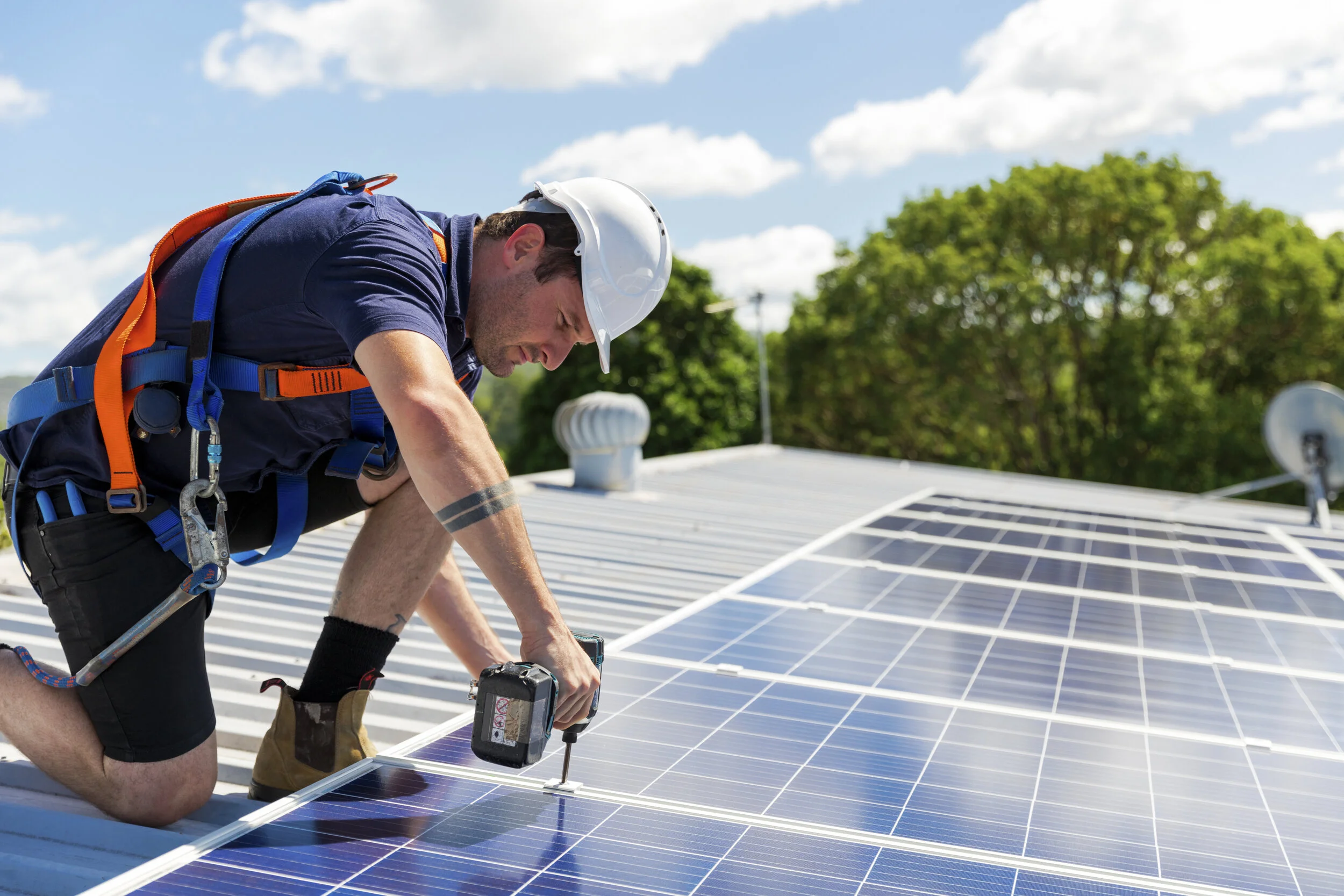With the White House focused on a massive infrastructure package, Americans are likely to see a rapid uptick in investment in clean energy projects. Ideally, that interest in deploying more clean, renewable energy will provide consumers with even more opportunities to choose where their energy comes from, including from their own homes.
Biden’s pledge to spend $2 trillion or more over the next four years as part of his “building back better” plan will provide a major boost to demand for clean energy in service of the transition to a carbon-free power sector, a goal Biden wants to achieve by 2035.
But with renewables producing just 20.6 percent of all U.S. electricity in 2020, the sector will require a much larger workforce. The solar industry, for example, will need to quadruple the size of its workforce to meet Biden’s goal by 2035, according to a report the Solar Energy Industries Association, SEIA.
All those new jobs are a good thing for an economy just starting to emerge from more than a year of government-imposed pandemic lockdowns. But one group that’s not so happy about job growth in the clean energy sector is organized labor.
As the infrastructure package advances, energy experts, policymakers and unions are weighing in on what the changes will mean for the labor market. Labor unions that rely on dues-paying membership from fossil fuel jobs are starting to reach out to lawmakers with the hopes of offsetting their membership losses from shrinking oil and gas demand with new recruits from the renewables sector. The outcome may impact consumers’ bills.
One vehicle unions are backing is the Protecting the Right to Organize Act— or PRO Act. The legislation guarantees private-sector employees the right to unionize. Another example is in Illinois, where state lawmakers have taken steps in this direction with The Climate Union Jobs Act. The bill seeks to boost labor unions in the wind and solar industries. The bill also aims to address equity by lessening the impact on communities that currently rely on fossil fuel jobs. Both efforts will increase costs for consumers.
A snowball effect begins if renewable energy cannot provide the best rates to consumers. If renewable energy is forced to absorb the cost of union-wage jobs, the cost of installation will increase for consumers. If the cost of renewable energy increases so much that it is no longer competitive against fossil fuel generation, consumer demand for clean energy will backslide. That’s a lose-lose proposition for all involved. And if demand for clean, renewable energy falls just as supply increases, there is a potential for job losses in the renewable energy sector.
A recent report from Brookings shows that many parts of the country are ripe for the development of clean energy jobs. That is especially true in much of rural America, a region that holds a high number of jobs in traditional energy sources and are prime areas for wind and solar production.
Wind turbine service technicians top the list of the fastest-growing occupations compiled by the U.S. Bureau of Labor Statistics. Solar installers are in third place. Wind and solar employs 222,000 construction and installation workers in the United States, according to a 2020 report by the National Association of State Energy Officials and research firm Energy Futures Initiative.
The role of labor unions in the energy sector is less than what many assume. In coal, natural gas, and nuclear, about 10 percent to 12 percent of workers belong to a union. Although membership totals only a fraction of the total workforce in traditional energy production, it’s still twice that of leading renewable energy sources. In wind energy, about 6 percent of workers belong to a union, and in the solar industry, the number is closer to 4 percent, according to statistics from the 2020 U.S. Energy and Employment Report. The reason is because many of the labor-focused jobs in renewable energy are installers who don’t need specialized training.
Renewable companies aren’t anti-worker or even anti-union. They are American entrepreneurs trying to remain competitive in a market flooded by foreign competitors who can cheat by using forced labor.
Insisting that renewable energy companies unionize will increase operating costs at a time when more and more consumers are seeing value in installing dispatchable energy resources at home. Reducing the value proposition for those consumers will cause many of them to look elsewhere, or worse, stick with fossil fuel. The rise of the renewable energy industry relies on competition and the ability to offer the best consumer pricing.
Ratepayers are less likely to embrace clean energy if it means their monthly energy bills are going to increase in the process. While unions are an important part of American industry, it’s important to keep affordability in mind as the energy portions of Biden’s infrastructure package are considered.

